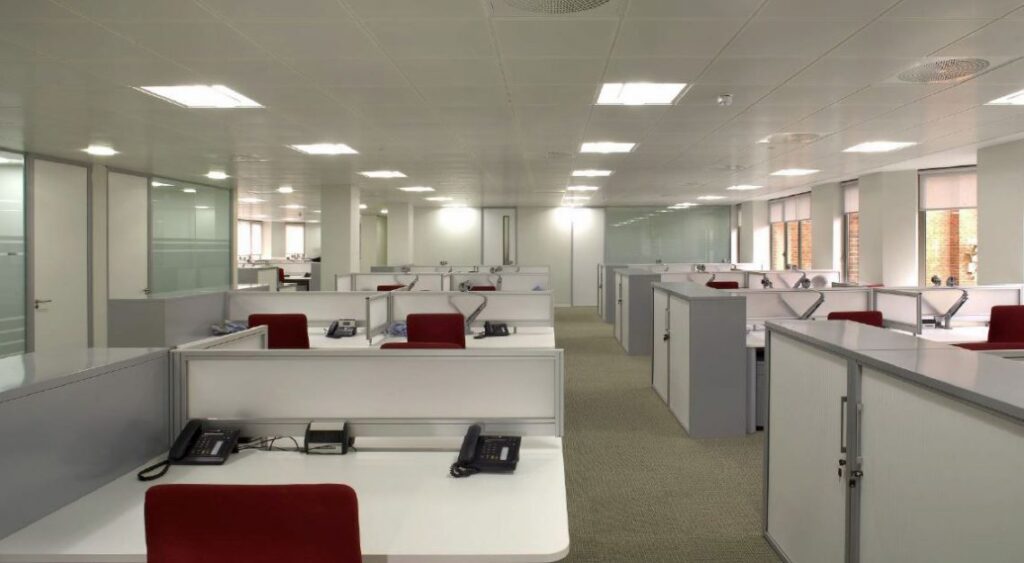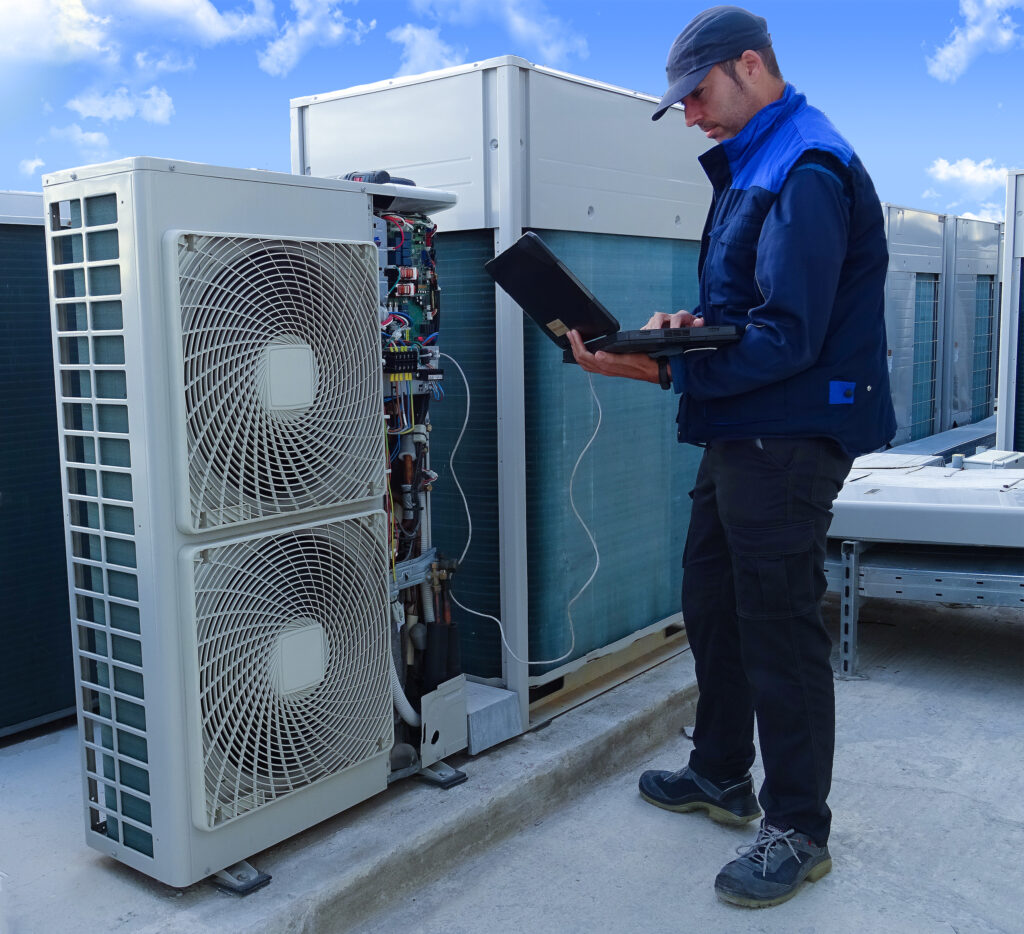Introduction:
VRV (Variable Refrigerant Volume) AC systems are a suitable choice for both houses and offices under certain circumstances. Here are some factors to consider when deciding to install a VRV AC system:

Cooling and heating requirements:
VRV systems are designed to provide both cooling and heating capabilities. If you need a centralized system that can efficiently cool or heat multiple rooms or zones, a VRV AC system is worth considering. VRV AC systems can provide more precise temperature control than traditional central air conditioning systems. This means that you can set the temperature in each room to your exact preference, whether you are cooling or heating.
Multi-zone control:
VRV systems offer the ability to divide a building into multiple zones, each with its own temperature control. This makes them ideal for larger spaces with varying cooling or heating needs, such as offices or multi-story houses. VRV AC systems allow you to control the temperature in each room individually. This can be helpful if you have different temperature preferences in different rooms, or if you want to save energy by only cooling or heating the rooms that are actually being used.

Energy efficiency:
VRV (Variable Refrigerant Flow) is an advanced air conditioning technology that helps to save energy. It does this by using a single outdoor unit to connect to multiple indoor units. This allows the system to adjust the amount of refrigerant flow to each indoor unit, which means that it only cools or heats the rooms that are actually being used. This can help to save energy, especially in homes or offices with multiple rooms that are not always used.
In addition, VRV systems are typically more efficient than traditional central air conditioning systems. This is because they use smaller, more efficient compressors and they can recover heat from the air that is being exhausted. This heat can then be used to heat other parts of the home or office, which further reduces energy consumption.
Overall, VRV systems are a great way to save energy in your home or office. If you are looking for an energy-efficient air conditioning system, then VRV is a good option to consider.
Flexibility and scalability:
VRV systems are flexible and can accommodate changes in building layout or usage. If you anticipate future expansions or modifications to your house or office, a VRV system provides the flexibility to adapt to those changes.

Enhanced comfort:
VRV systems offer precise temperature control in each zone, allowing occupants to customize their comfort settings. This is beneficial in office spaces or homes where individual preferences may vary.
Noise considerations:
VRV systems tend to have quieter indoor units compared to traditional split AC units. This is advantageous in office environments where noise levels can impact productivity, as well as in residential settings where peace and quiet are desired. VRV systems use smaller, more efficient compressors than traditional central air conditioning systems. This can help to save energy and reduce noise levels.

Initial cost and installation:
VRV systems typically have higher upfront costs compared to traditional AC systems. Additionally, the installation of VRV systems may require professional expertise due to their complexity. Consider your budget and consult with HVAC specialists to determine if the initial investment is viable for your house or office.

It’s important to note that the suitability of a VRV AC system depends on various factors, including the specific requirements of your house or office, your budget, and the availability of professional installation and maintenance services in your area.
Consulting with HVAC professionals can provide you with personalized advice and help you make an informed decision.
